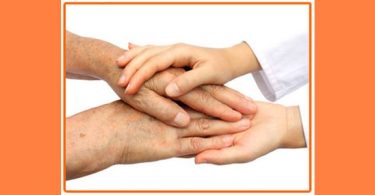Dr. Brown provided the essential elements for a new, functional (movements of powers, forces and energies) approach to understanding life and health, which insights were elaborated by Drs. Röschlaub and Hahnemann. Through their work, a fundamental set of dynamic polarities emerged with which to understand the essential polaric nature of life itself:
- sustentive and generative sides of the living power or Dynamis
- disturbances that lead first to disorders which can render one susceptible to disease
- physic and medic – physician and medician
- regimen and remedial agents for physic
- tonic and pathic diseases/chronic miasms and chronic diseases
- Erfahrung/Erlebnis
- Healing and curing
- Disease process: direct action of disease wesen and counteraction of human wesen
- Remedial process: curative action and healing reaction
At the same time, Goethe’s scientific work on the underlying living functions in nature and Dr. Saumarez’s new physiology of functions provided the necessary basis for understanding health and life. Underneath it all lay the elements of the Brunonian system, with its dynamic interplay of impression and response, positive or negative in terms of health (physiology) and divergences therefrom (pathology).
Lutze and Schönlein
The works of Hahnemann and Röschlaub were continued and furthered by Drs. Lutze and Schönlein respectively. Lutze (1813-1870) took the foundations of Hahnemann’s approach to disease and placed it on a solid romantic footing in consciously and consistently applying dual remedy prescribing (tonic and pathic disease associations in a given patient).
Where Hahnemann had hesitated and eventually withdrawn his public support in the 5th and final edition of his Organon der Heilkunst for dual remedy prescribing, having been unable yet to establish a theory upon which to ground it rationally (what is known as the ‘dual remedy affair’), Lutze later re-issued the 5th edition with the withdrawn dual remedy section and opened a clinic based on such an approach. His contribution is recognized in the monument to both Hahnemann and Lutze in Köthen, Germany.
Röschlaub’s innovative work in establishing a teaching clinic based on the Brunonian system, in conjunction with Dr. Marcus, was developed further by J. L. Schönlein (1793-1864),(Nelly) who is recognized explicitly even in allopathic historiography for having established the scientific foundation for the modern teaching and practice clinic. This foundation is one based on natural science, but also on the art of the practitioner, which is something objective and reproducible though based on a different logic and involving more fugitive causes (allopathic ‘medicine’ accepting only the first and then only natural material science, not a true physiology of functions, both physical and etheric).
Part II – Romantic Science and Healthcare will examine, in a separate issue, the on-going development from the mid-1800s to today.






